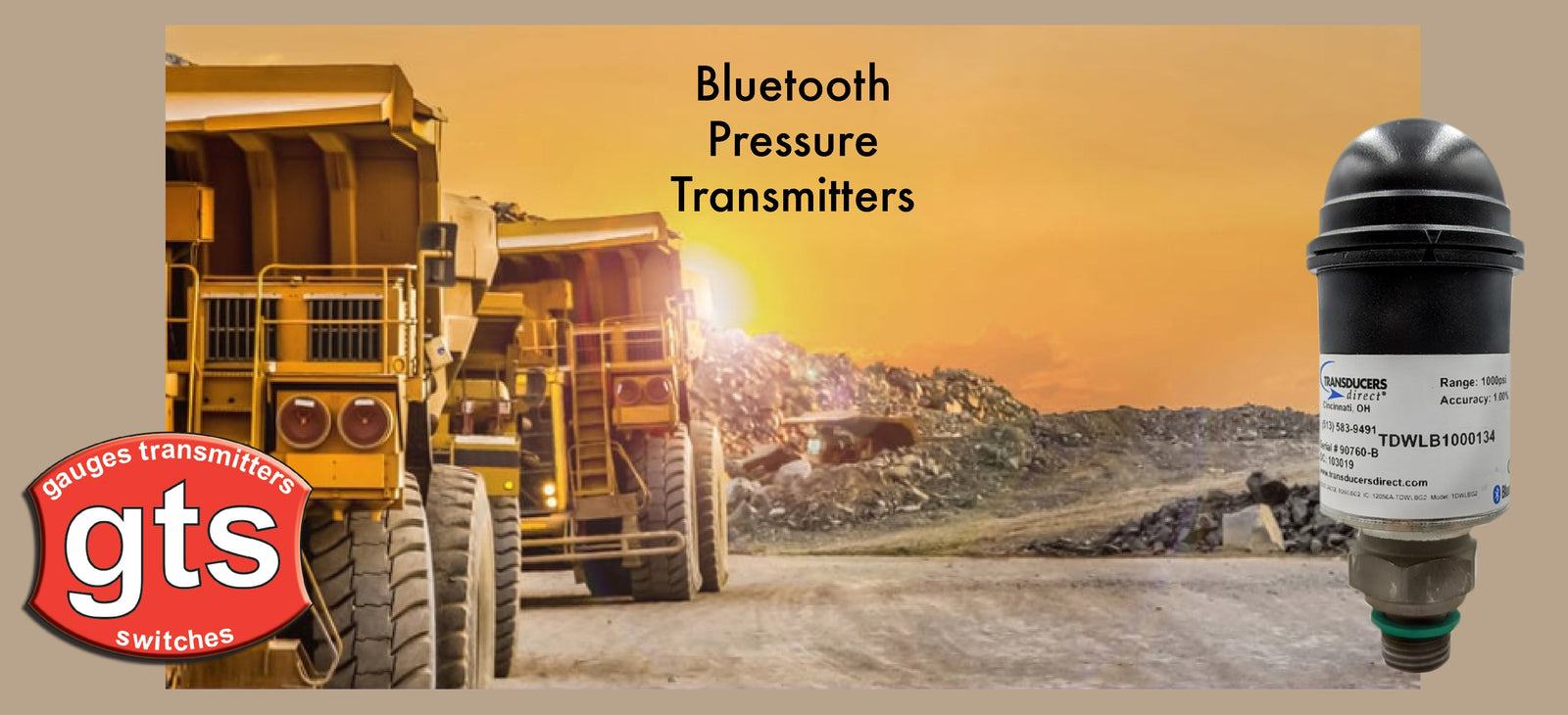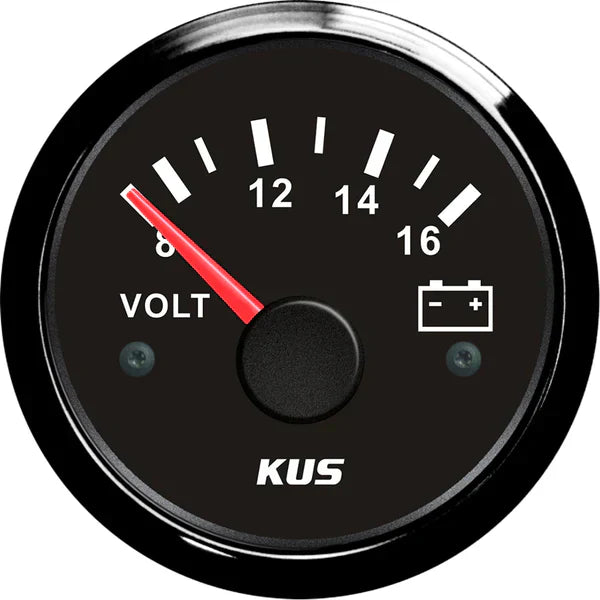Have a deep tank that’s too deep for a standard probe? The TLL200 is for you, available to customer order from GTS Gauges today!
What is a hydrostatic level sensorA hydrostatic level sensor is a device used to measure fluid levels in a tank or container. It works on the principle of hydrostatic pressure, which is the pressure exerted by a fluid due to its weight. Hydrostatic level sensors are commonly used in industries such as water treatment, oil and gas, and wastewater management. Such as the TLL200
How does a hydrostatic level sensor work?A hydrostatic level sensor consists of a probe or a tube that is inserted into the tank or container, and a pressure transducer or a transmitter that measures the pressure at the bottom of the tank. The probe is typically made of stainless steel or ceramic and is sealed to prevent fluid from entering the sensor.
As the fluid level in the tank or container changes, the hydrostatic pressure at the bottom of the tank changes. The pressure transducer or transmitter measures this pressure and converts it into an electrical signal, which is proportional to the fluid level. The electrical signal is then transmitted to a control panel or a display unit, where it is displayed as a level measurement.
Why use a hydrostatic level sensor?Some of the advantages of a hydrostatic level sensor are:
- Accurate measurement: Hydrostatic level sensors are highly accurate and reliable, providing precise measurements of fluid levels.
- Low maintenance: Hydrostatic level sensors require minimal maintenance as they have no moving parts and are not affected by the environment.
- Wide range of applications: Hydrostatic level sensors can be used to measure the level of various fluids, including water, oil, and wastewater, making them suitable for a wide range of applications.
- Cost-effective:Hydrostatic level sensors are relatively inexpensive compared to other level measurement technologies, making them a cost-effective solution for many industries.
- Easy installation: Hydrostatic level sensors are easy to install, with no special tools or equipment required.
- Water treatment: Hydrostatic level sensors are used to monitor water levels in reservoirs, wells, and tanks.
- Oil and gas: Hydrostatic level sensors are used to measure the level of oil and gas in tanks and pipelines.
- Wastewater management: Hydrostatic level sensors are used to monitor wastewater levels in tanks and treatment plants.
- Agriculture: Hydrostatic level sensors are used to monitor water levels in irrigation systems.
A Hydrostatic level sensor is a reliable and accurate device used to measure fluid levels in tanks and containers. They are easy to install, require minimal maintenance, and are suitable for a wide range of applications. If you are looking for a cost-effective and reliable solution to measure fluid levels, a hydrostatic level sensor may be the right choice for you.
GTS Gauges TLL200 is an industry trusted Hydrostatic level sensor available for custom order Australia wide. We also stock a wide range of digital pressure gauges, temperature switches and pressure transmitters.




